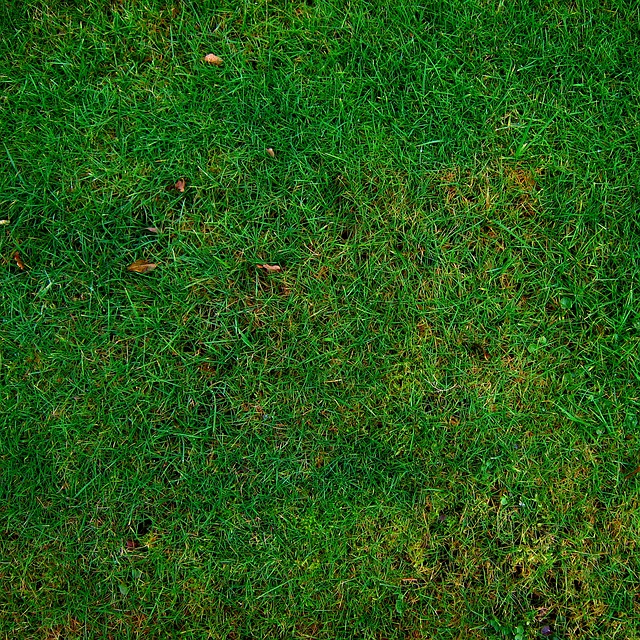Before landscaping, define your vision (peaceful retreat or bustling garden) and prepare your yard by assessing soil quality, removing vegetation, and planning topography. Implement regular lawn care practices and consider irrigation needs for sustainable design. Select plants based on climate, soil conditions, and native species for minimal maintenance and ecosystem support. Balance functionality and aesthetics with well-manicured lawns and curated plant life. Implement your design through professional review and meticulous planning, followed by physical labor and post-installation maintenance. Regular lawn care and landscaping maintenance preserve beauty, functionality, and property value.
“Transform your outdoor space into a vibrant landscape with our comprehensive guide. From conceptualizing your vision to maintaining the final result, discover the secrets to achieving an ideal yard. We explore every step of the landscaping journey, offering insights on preparing your yard, selecting suitable plants, and creating functional yet aesthetically pleasing spaces. Learn how to implement your design effectively and ensure long-lasting beauty with proper maintenance tips. Elevate your lawn care game and unlock your yard’s full potential.”
- Understanding Your Landscaping Vision
- Preparing Your Yard for Design
- Choosing the Right Plants and Trees
- Designing Functional and Aesthetic Spaces
- Implementing the Landscaping Plan
- Maintaining Your New Landscape
Understanding Your Landscaping Vision
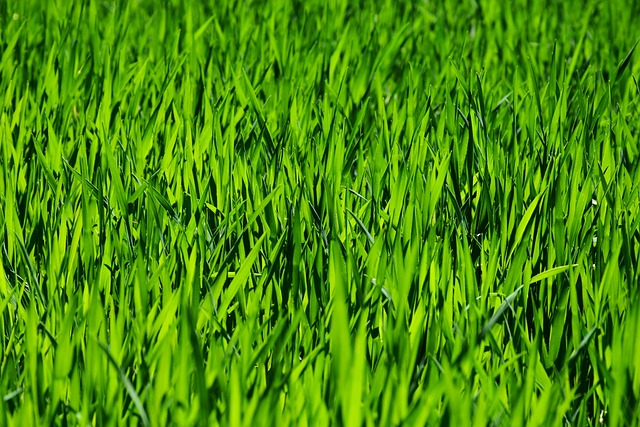
Before diving into the world of landscaping design, it’s crucial to define your vision. This process begins with understanding what you envision for your outdoor space—whether it’s a serene retreat, a vibrant garden, or a functional patio area. Taking time to reflect on your preferences and lifestyle needs is key. Do you enjoy spending quiet moments amidst nature or entertaining guests al fresco? Your landscaping should complement these desires.
Consider the various elements that contribute to your dream landscape: from the overall aesthetics and color palettes to functional features like walkways, seating areas, and planting choices. Engaging in Lawn Care and Landscaping practices involves balancing form and function, ensuring your design not only looks stunning but also meets your practical requirements.
Preparing Your Yard for Design

Before tackling any landscaping design, it’s crucial to prepare your yard for the transformation. This initial step involves meticulous planning and proper lawn care to ensure a solid foundation for your future outdoor space. Start by assessing the existing condition of your yard; examine the soil quality, identify any unwanted vegetation, and take note of the overall layout and topography. Effective lawn care practices such as regular mowing, weeding, and fertilizing will not only enhance the health of your grass but also make it easier to work with during design and implementation.
Additionally, consider the irrigation needs of your yard. Prepare the soil for optimal water retention by adding organic matter if necessary. Ensure that your lawn care routine includes strategies for efficient watering, as this is an integral part of sustainable landscaping. By addressing these aspects, you’ll create a harmonious blend of aesthetics and functionality, setting the stage for a stunning and thriving landscape design.
Choosing the Right Plants and Trees

When designing your landscape, selecting the perfect plants and trees is a crucial step in any successful lawn care and landscaping project. The right choices can enhance aesthetics, provide shade, and attract local wildlife while also being mindful of your climate and soil conditions. Researching native plant species adapted to your region is highly beneficial as they often require less maintenance and support local ecosystems.
Consider the height, growth rate, and overall form of each plant to ensure they fit well within the designated space. Annuals and perennials offer vibrant color and texture but may need regular replacement, while shrubs and trees provide long-term beauty with minimal upkeep once established. A balanced mix of these elements will create a visually appealing and sustainable outdoor space that thrives with proper care.
Designing Functional and Aesthetic Spaces
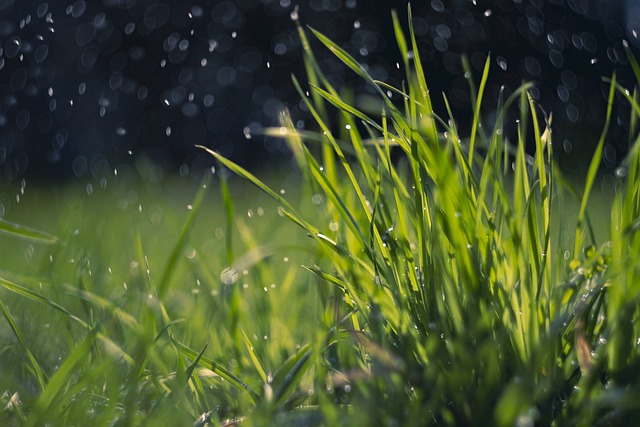
When designing outdoor spaces, balancing functionality and aesthetics is key. Effective landscaping involves creating areas that are not only visually appealing but also tailored to the needs and desires of the homeowners. For instance, incorporating well-manicured lawns and carefully curated plant life enhances curb appeal while providing a serene environment for relaxation and entertainment. A skilled landscaper understands how to integrate these elements seamlessly, ensuring the space is both inviting and low maintenance.
In addition to aesthetic considerations, functional design plays a pivotal role in successful landscaping. This includes strategic placement of seating areas, outdoor kitchens, and patios to encourage social interaction and comfortable gatherings. Well-planned lighting enhances safety and security while highlighting key features of the landscape. By combining these elements, lawn care and landscaping professionals can transform outdoor spaces into versatile hubs that cater to various activities, fostering a deeper connection with nature and enhancing the overall quality of life for residents.
Implementing the Landscaping Plan
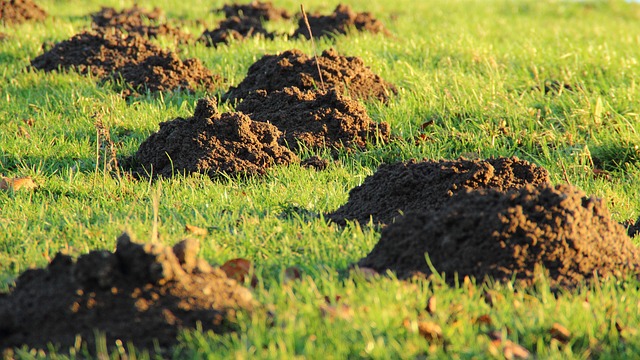
Implementing your landscaping design is an exciting step where vision becomes reality. It involves careful coordination and meticulous execution to ensure the transformation aligns with your initial plan. A professional approach begins with a thorough review of the design, considering factors like climate, soil conditions, and available space. This process ensures that plants, pathways, and structural elements are suitable for the environment and fit seamlessly within the existing landscape.
Once the planning is complete, the lawn care and landscaping team can begin the physical labor. This includes preparing the soil, installing irrigation systems, planting chosen flora, and crafting designated areas for seating or play. Regular maintenance after installation is vital to keeping the landscape healthy and beautiful. Timely pruning, weeding, and fertilizing contribute to a thriving outdoor space that enhances your property’s aesthetics and value.
Maintaining Your New Landscape
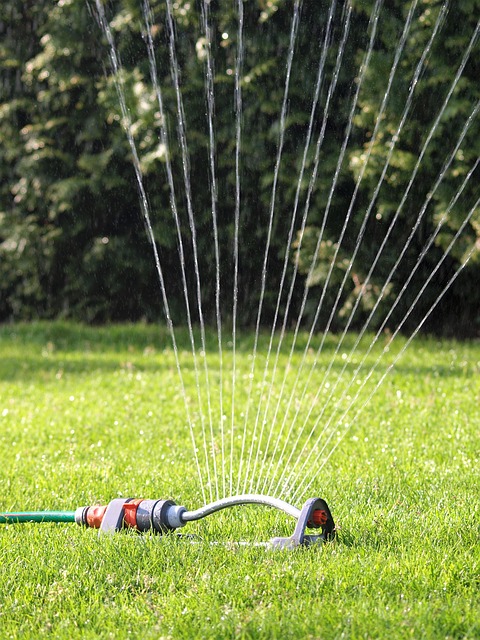
After completing your landscaping design and implementation, proper maintenance is key to preserving the beauty and functionality of your new outdoor space. Regular lawn care is essential; this includes mowing, fertilizing, and watering at the appropriate times to ensure a healthy lawn. Keep an eye out for any signs of pest or disease infestation and take prompt action to treat them.
In addition to lawn care, landscaping maintenance involves trimming hedges, pruning trees, and cultivating flower beds. Regular cleaning of drains and gutters is also necessary to prevent water damage and blockages. By dedicating time and resources to these tasks, you can extend the life of your landscape design and ensure it continues to enhance your property for years to come, enhancing both its aesthetic appeal and value through effective lawn care and landscaping practices.
Transforming your yard into a lush, functional space is an exciting journey. By understanding your vision, preparing your yard, selecting suitable plants, and implementing a well-designed plan, you can create a stunning landscape that enhances your lifestyle. Regular maintenance ensures the longevity of your new outdoor oasis, making it a rewarding investment in your lawn care and landscaping efforts. Embrace the process, enjoy the results, and let your creative vision flourish.
